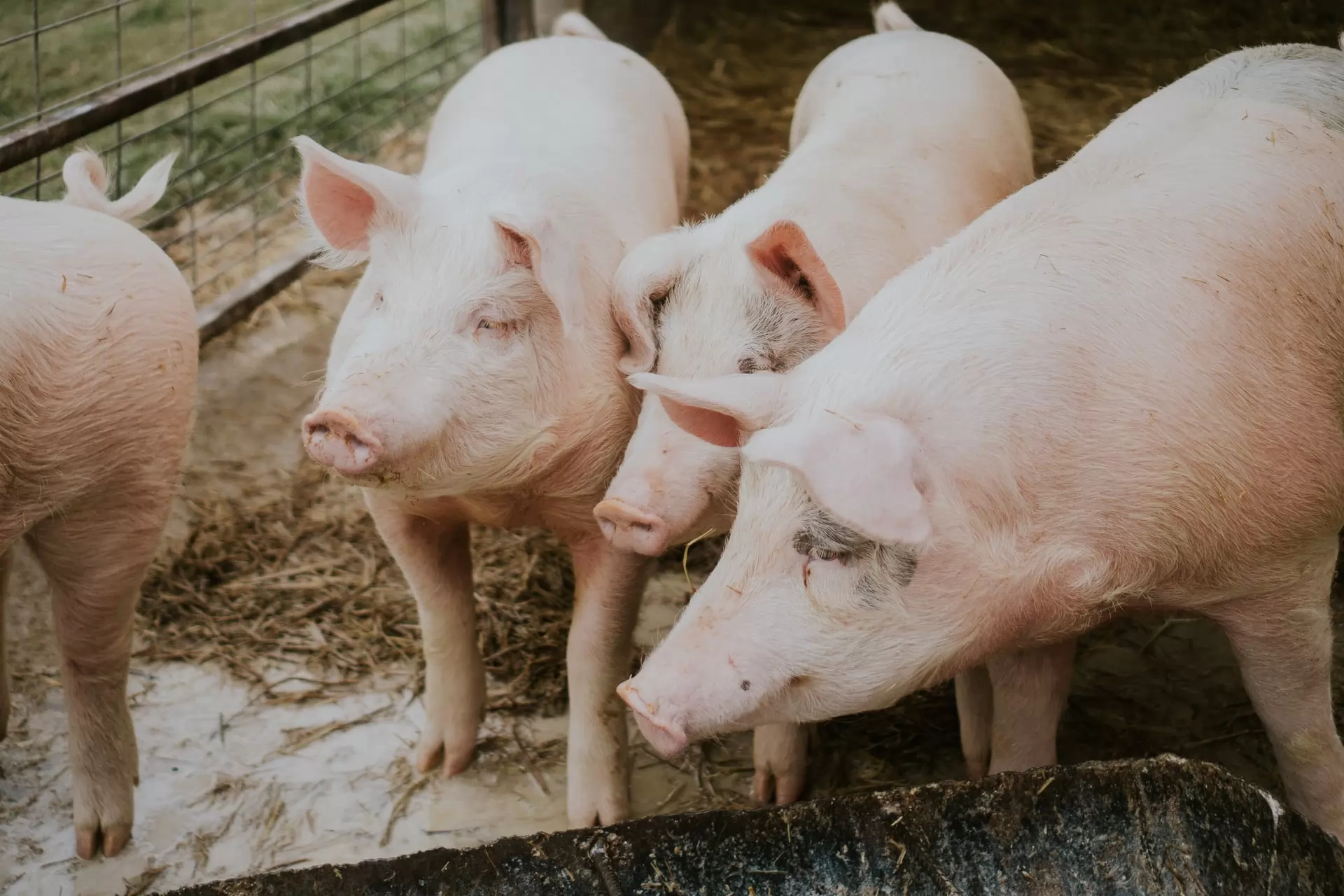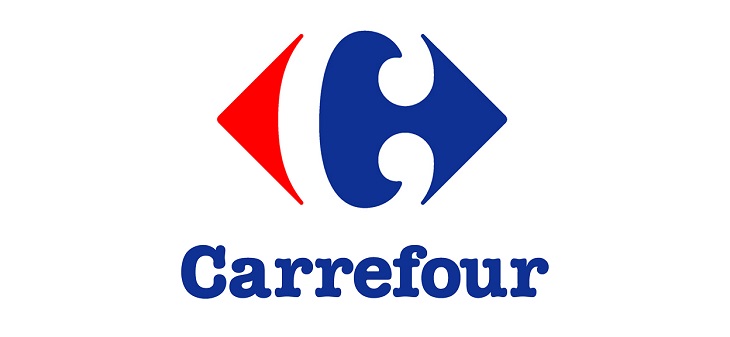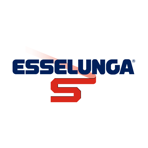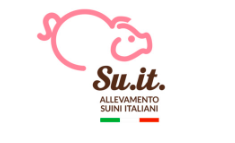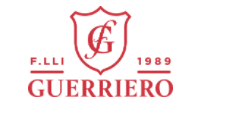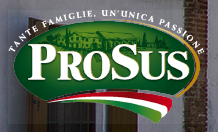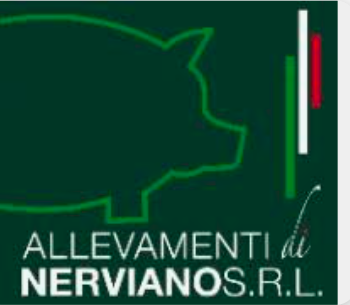Sintesi
per comprendere questo mercato
Dettaglio del contenuto
 Informazioni
Informazioni
- Pagine : 30 pags
- Formato : Versione PDF e digitale
- Ultimo aggiornamento : 13/12/2022
 Riepilogo ed estratti
Riepilogo ed estratti
1 Market Overview
1.1 Definition and presentation
The pig is a domesticated mammal raised for its meat; like all animals, pigs come in a variety of breeds and origins, each with distinct tastes and attributes. The Eastern breed produces fattier meat useful for lard, while the European breed produces leaner, more prized meat; the most prized breed is the Mangalica, a rare Hungarian pig from which some of the finest meat in the world is obtained. Pork has many different cuts and cooking methods, but it is mainly distinguished as fresh or processed meat. Not all religions allow the use of pork in cooking, among them the Jewish religion and Islam. The world pig population is currently in decline, with China's pig herd suffering significant losses due to African swine disease in 2018-2019. As a result of the disease, there have been a series of compulsory cullings, and significant amounts of Chinese meat have been drowned in international markets. China, on the other hand, has started importing massive amounts of pork since 2019, causing pork prices to skyrocket.
The global pork market was valued at $236,112.7 million in 2019, and is expected to grow at a CAGR of 3.9 percent from 2021 to 2027, reaching $257,874.5 million by 2027.
Pork in Italy is an integral part of the culinary culture; in fact, Italy is the home of the highest quality pork sausages and fresh butchered meat. From northern to southern Italy, pork is handled with extreme care and sold in specialized butcher shops, delicatessens, or supermarkets. The vast majority of pigs raised in Italy are bred in the north. Expertise in developing large pigs weighing more than 160 kg for the production of ham is a distinctive feature of Italian pig farming. More than 10 million pigs are slaughtered each year in Italy, compared with about 252 million pigs slaughtered in Europe. After the small recession due to the pandemic, Italy is increasing its production and especially has resumed exporting Italian pork.
Tutti i nostri studi sono disponibili online e in PDF
Ti invitiamo a consultare un esempio del nostro lavoro di studio su altri mercato!
Aziende citate in questo studio
Questo studio contiene un panorama completo di società di mercato con le ultime cifre e le notizie di ogni azienda :
 Perché Scegliere Questo Studio :
Perché Scegliere Questo Studio :
Accedi a più di 35 ore di lavoro
I nostri studi sono il risultato di oltre 35 ore di ricerca e analisi. L'uso dei nostri studi ti consente di dedicare più tempo e aggiungere valore ai tuoi progetti.
Approfitta di 6 anni di esperienza e oltre 1.500 studi settoriali già prodotti
La nostra competenza ci consente di produrre studi completi in tutti i settori, inclusi i mercati di nicchia o emergenti.
Il nostro know-how e la nostra metodologia ci consentono di produrre studi con un valore unico di denaro
Accedi a diverse migliaia di articoli e dati a pagamento
BusinessCoot ha accesso all'intera stampa economica a pagamento e ai database esclusivi per svolgere studi di mercato (+ 30.000 articoli privati e fonti).
Al fine di arricchire i nostri studi, i nostri analisti utilizzano anche indicatori Web (semrush, tendenze, ecc.) Per identificare le tendenze in un mercato e strategie aziendali. (Consulta le nostre fonti a pagamento)
Supporto garantito dopo l'acquisto
Una squadra dedicata al servizio post-vendita, per garantirti un alto livello di soddisfazione. +39 380 247 7810
Un formato digitale progettato per i nostri utenti
Accedi a un PDF ma anche una versione digitale per i nostri clienti. Questa versione consente di accedere a fonti, dati in formato Excel e grafica. Il contenuto dello studio può quindi essere facilmente recuperato e adattato per i tuoi supporti.
 Le nostre offerte :
Le nostre offerte :
the pork market | Italy
- Quali sono i dati relativi alle dimensioni e alla crescita del mercato?
- Cosa sta influenzando l'andamento e l'evoluzione del mercato?
- Qual'è il posizionamento degli attori di mercato?
- Segmentazione e profilo delle aziende operanti nel mercato
- Dati e numeri da una molteplicità di fonti
Pacchetto di 5 studi (-15%) IT Italy
- 5 rapporti a 75,6 € IVA esclusa per studio da scegliere dal nostro catalogo italiano per 12 mesi
- Risparmiare il 15% sugli studi aggiuntivi acquistati
- Scegliere il rimborso del credito non utilizzato al termine dei 12 mesi (durata del pacchetto).
Consulta i termini e le condizioni del pack e del rimborso del credito non utilizzato.
